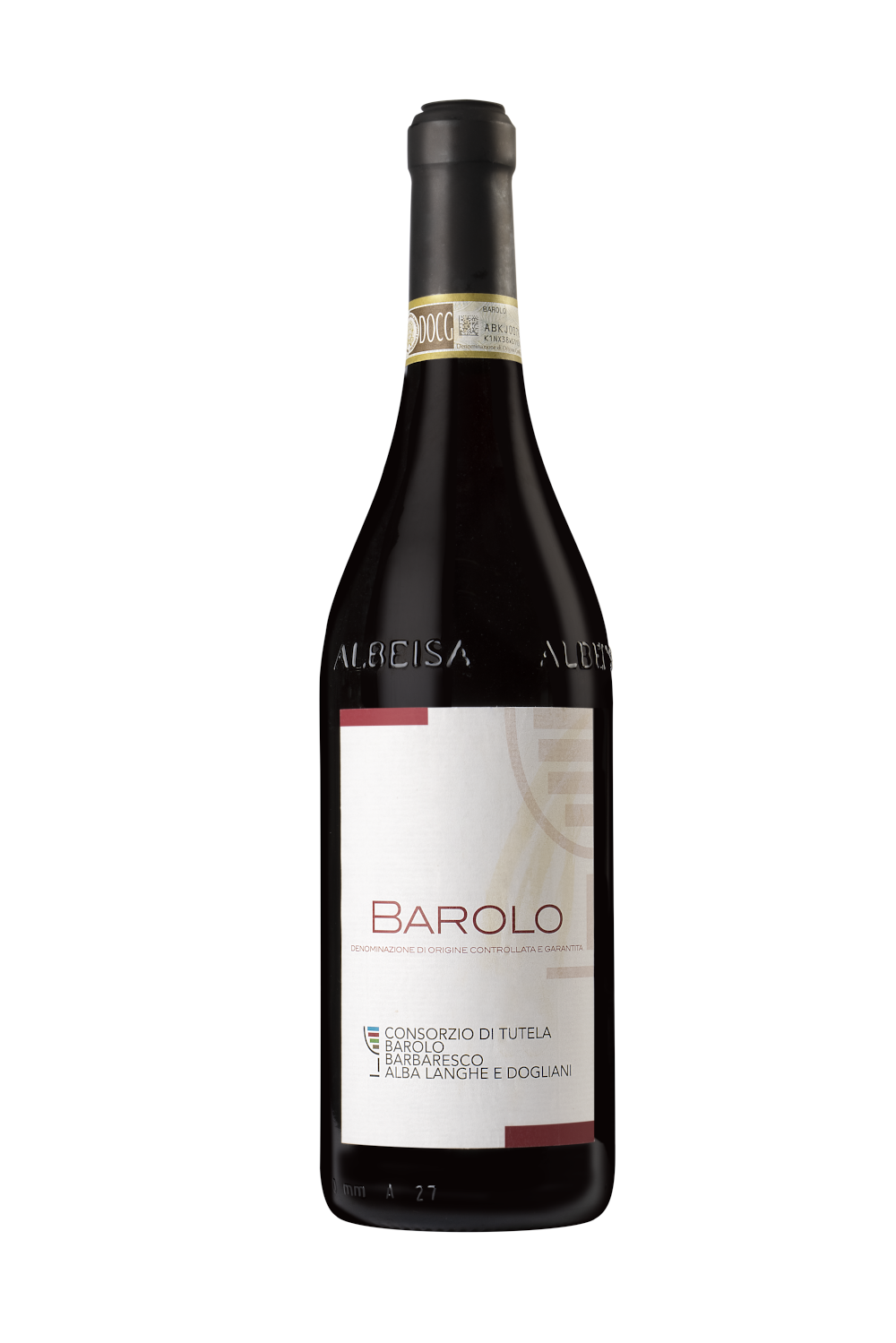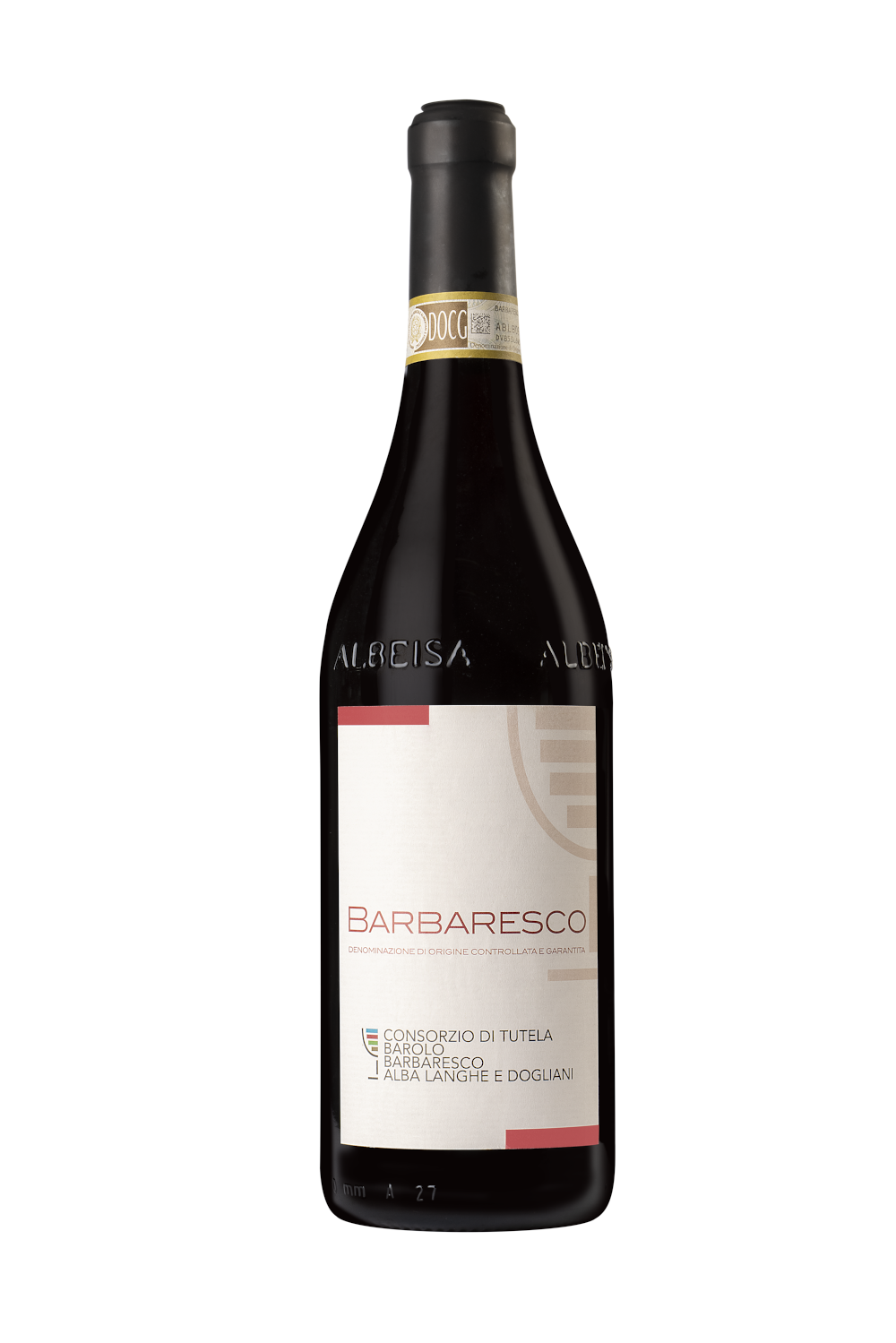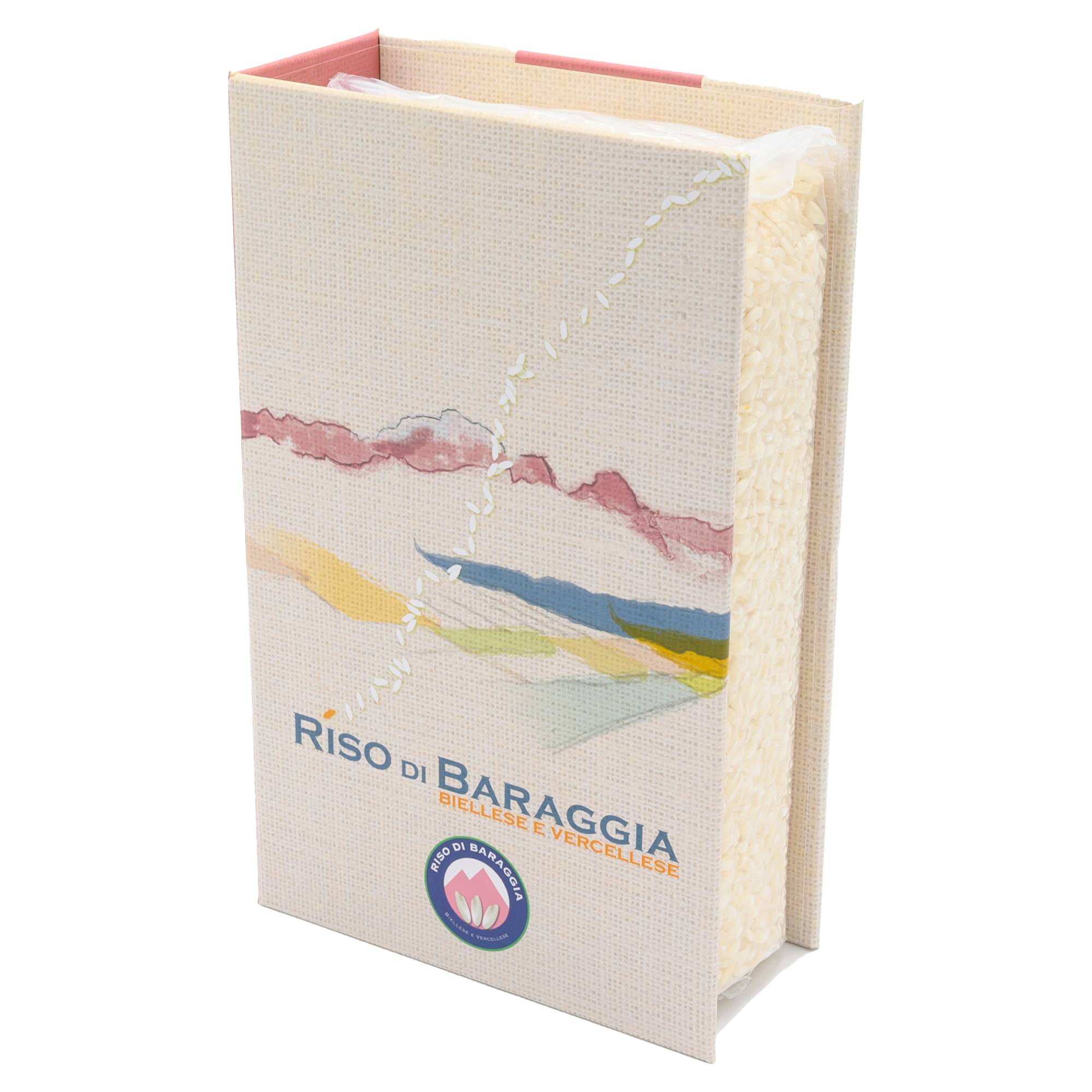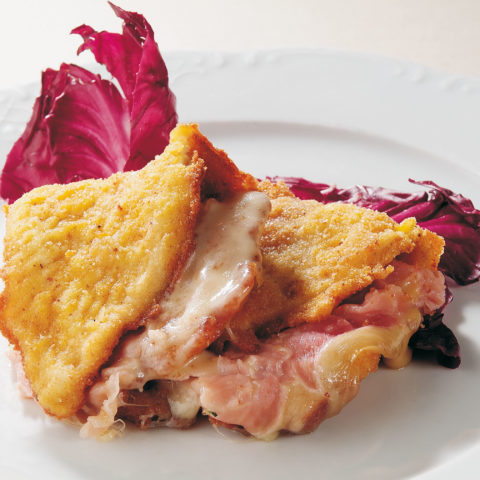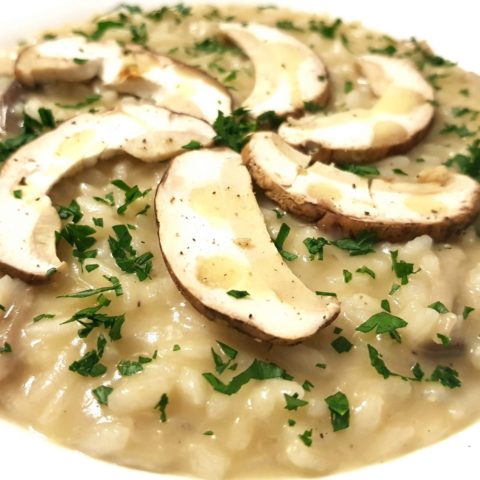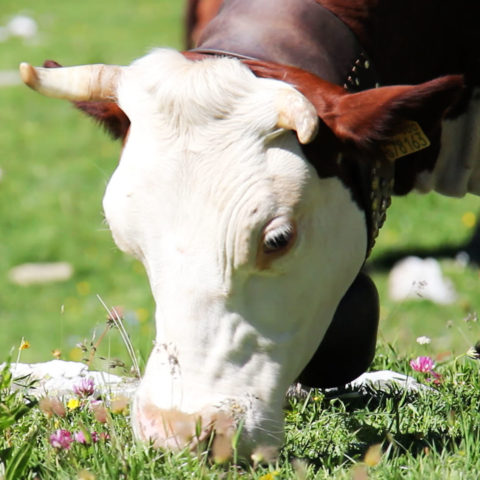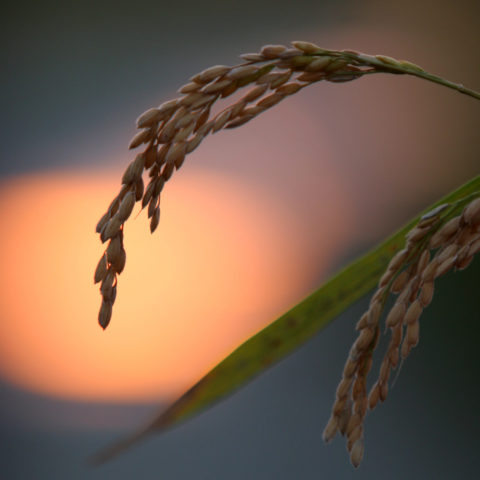P.D.O. Protected Designation of Origin
The PDO label is awarded by the European Union to products whose steps of production, transformation and processing take place in a certain geographic area, in accordance with techniques recognized by local producers and using ingredients from the reference region. The characteristics of such products essentially or exclusively depend on their geographic origin. PDO products must comply with stringent rules set forth in product specifications and must also bear the PDO logo shown here below.


 Read More
Read More  Read Less
Read Less 